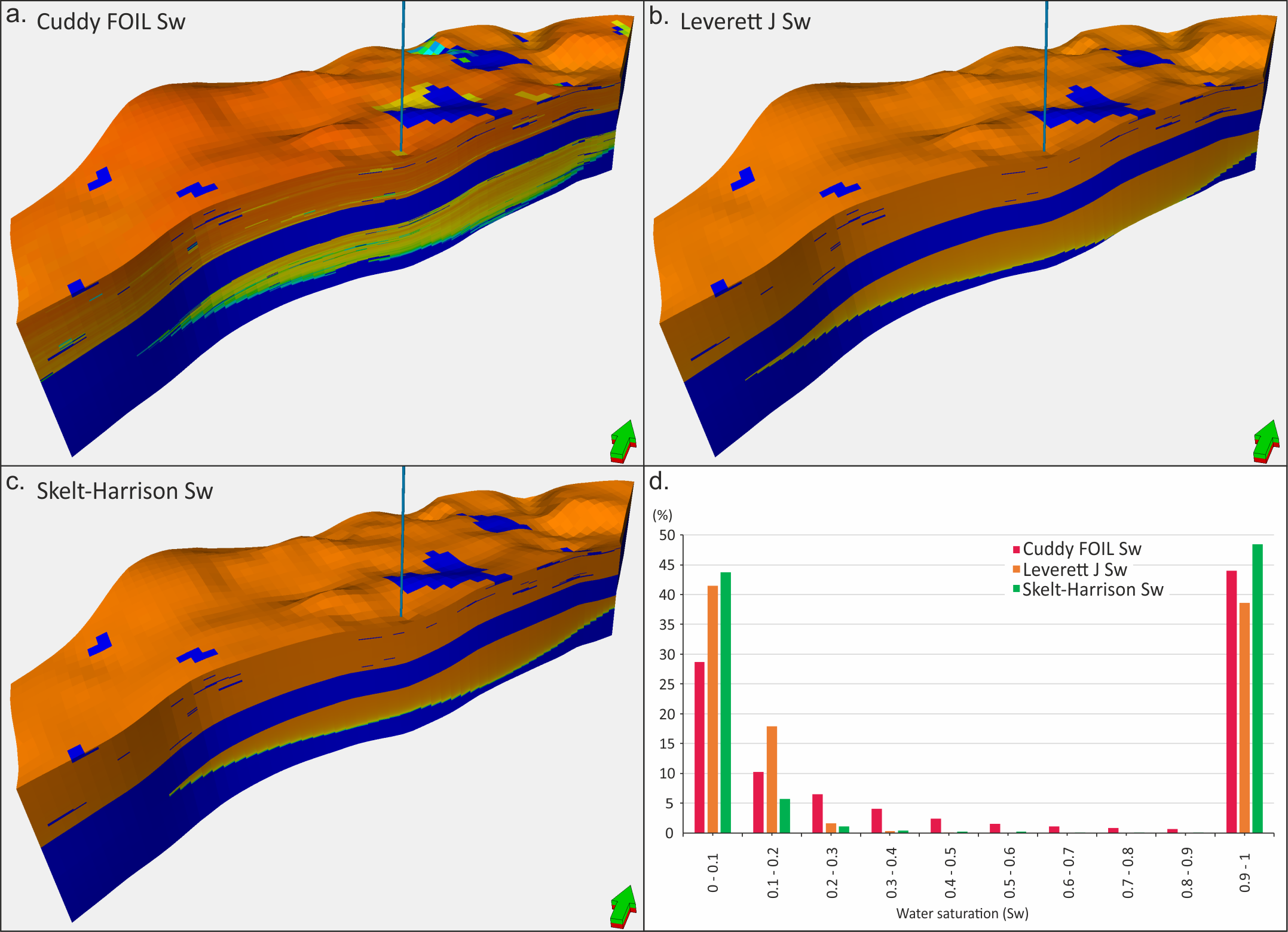Log-based water saturation equations, such as those of Archie (1942) and Simandoux (1963), are used to calculate the water saturation at a particular depth and for a particular formation. However, it is the saturation height function that allows us to calculate fluid saturations at any given point in a reservoir. Over the years many different methods for calculating a saturation height function have been developed.
What effect does choosing one method over another have? What are the differences between methodologies and are they important? And ultimately, is it possible to choose a 'correct' or 'right' method?
In this whitepaper, three industry standard methods have been used to construct saturation height functions from the same dataset from Browse Basin, NW Australia. Comparing these results, we shall highlight and describe the differences between the methods and why these differences are important. Finally, we shall also discuss the effect that each method has on calculated water saturation and ultimately how saturation height functions can affect the calculated hydrocarbon volume.
